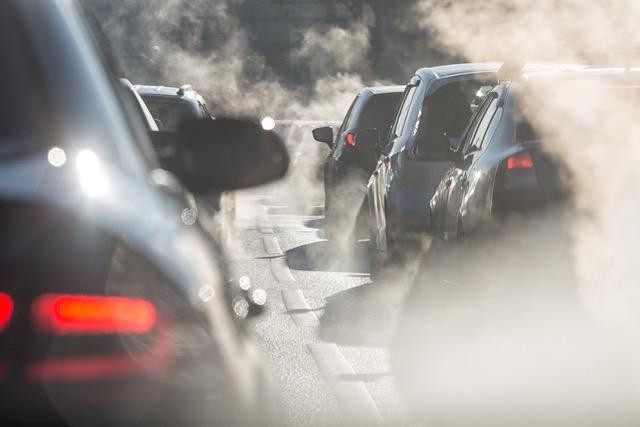All EU member countries in 2019 had to submit so-called national energy and climate plans (NECP) to the European Commission to show how they would help the block achieve its climate targets to reduce emissions by 55% by 2030 and become climate neutral by 2050.
The environment ministry on Wednesday evening published a report showing that Luxembourg emitted the equivalent of 8,073,234 tonnes of CO2 in 2021. While this number was up 5.5% compared to 2020--a year still marked by partial pandemic lockdowns--it was down 12.7% compared to 2019 and 20.2% compared to 2005, a reference year for the NECP.
The emissions are 1.3% below the carbon budget allocated for 2021, with the ministry saying in a press release that the objectives for the year had been achieved.
A closer look, however, shows that Luxembourg still has a way to go in achieving its 2030 targets.
In industry, emissions were actually 30.8% higher than the carbon budget for 2021. The national energy and climate plan meanwhile foresees a drop of 45% compared to 2005. Emissions in 2021 were 35% above that number.
The building and waste management sectors, too, exceeded their carbon budgets. Only transport and agriculture were below their 2021 targets.
While emissions overall were down by 20% compared to 2005, they must keep dropping to reach a 55% reduction in CO2 emissions by 2030.
The national energy and climate plan is due to be and should be submitted to Brussels by 30 June. Environmental groups have urged the government to set more ambitious targets than the ones currently included in the NECP.
